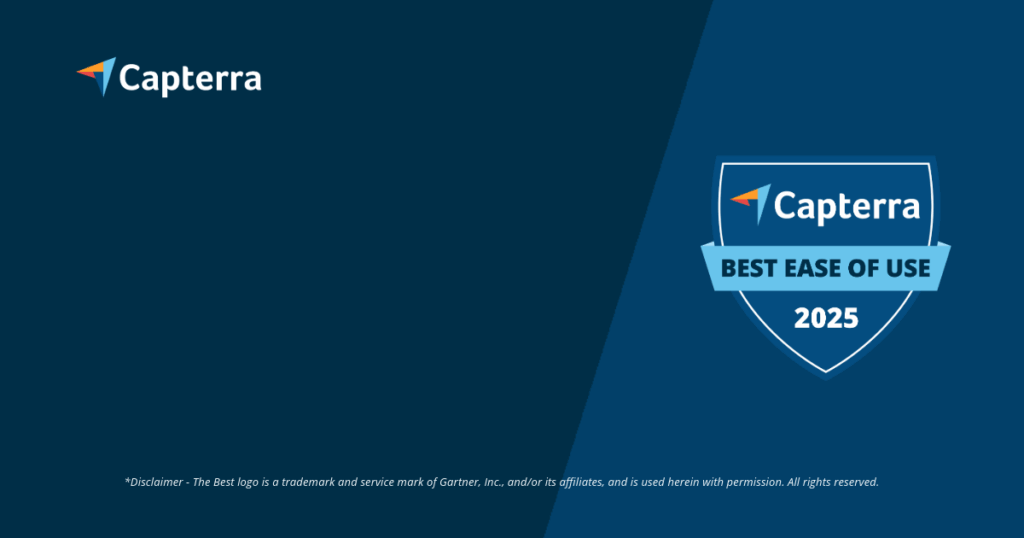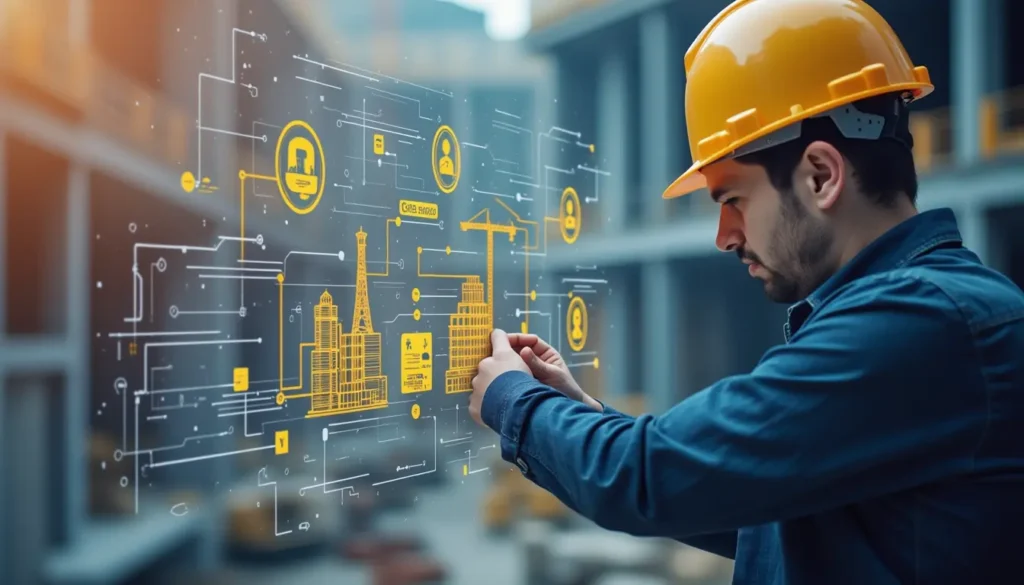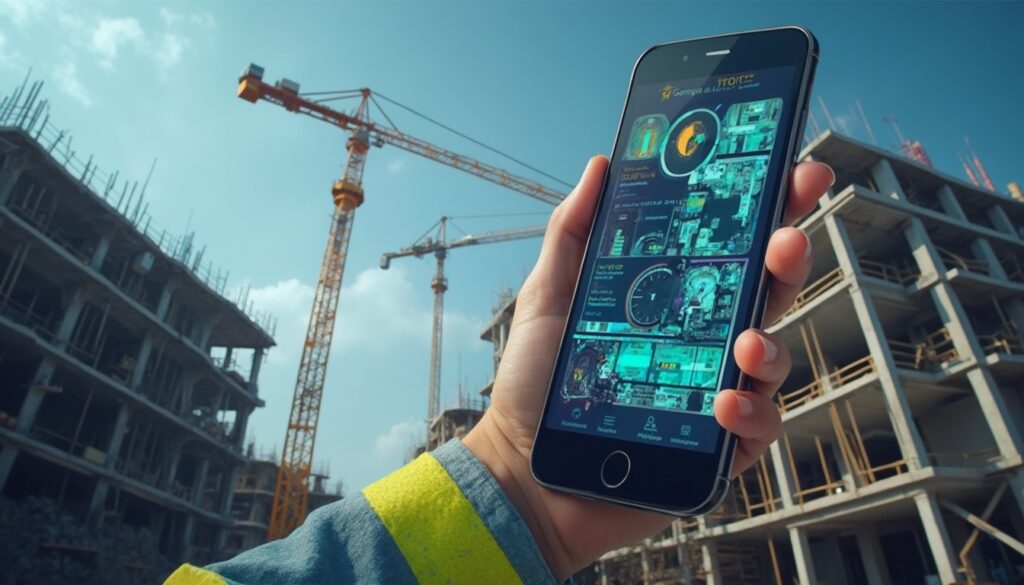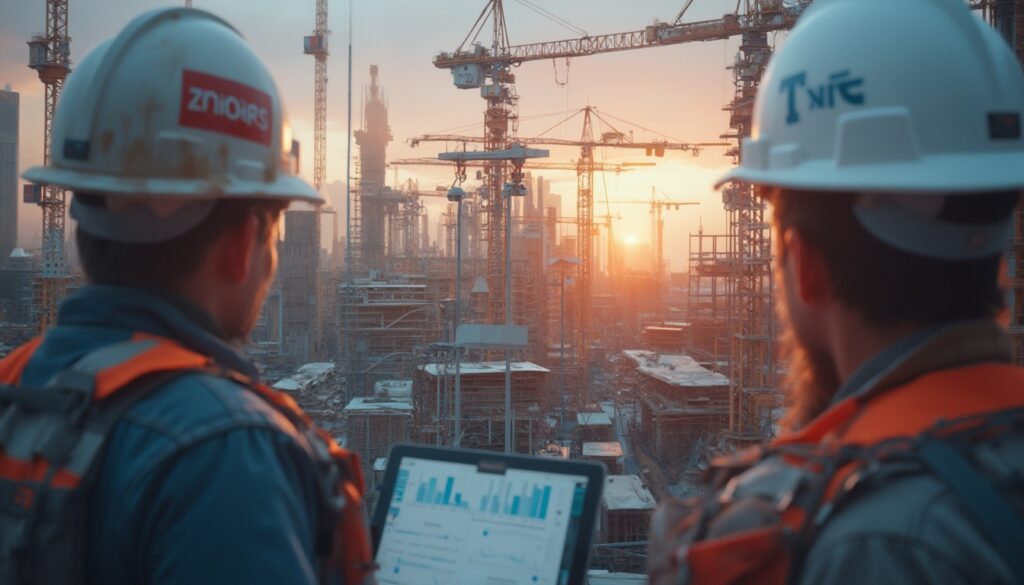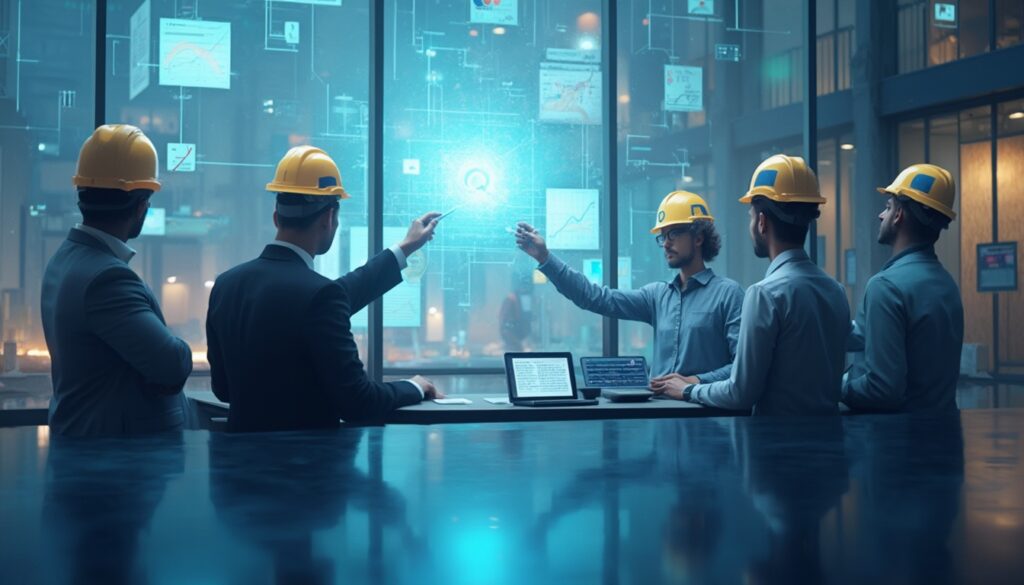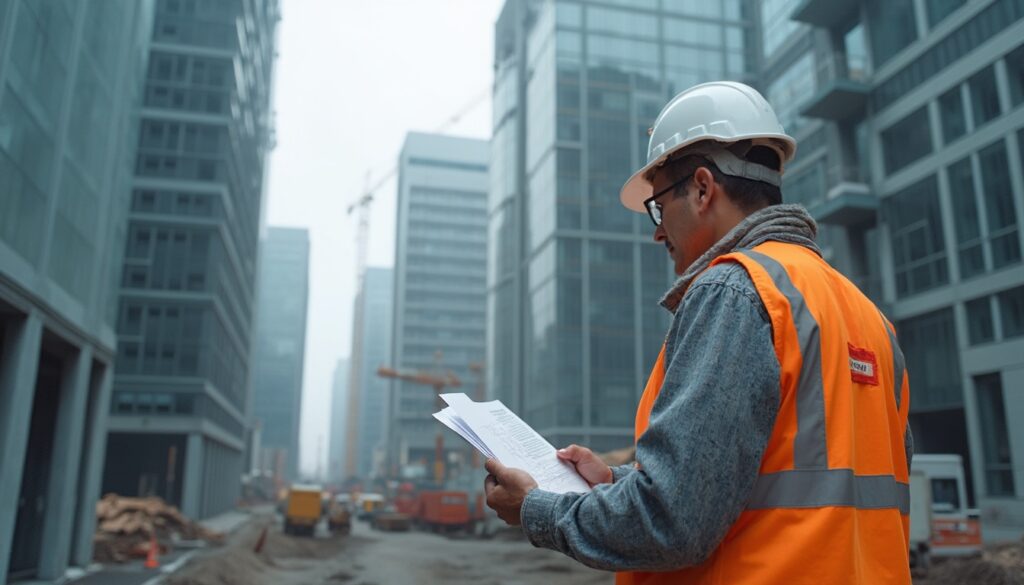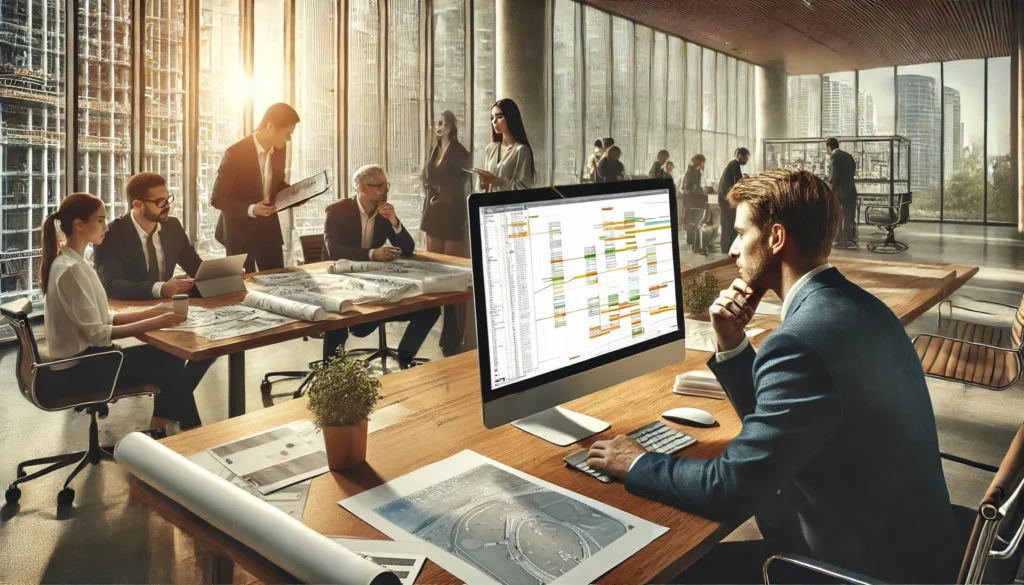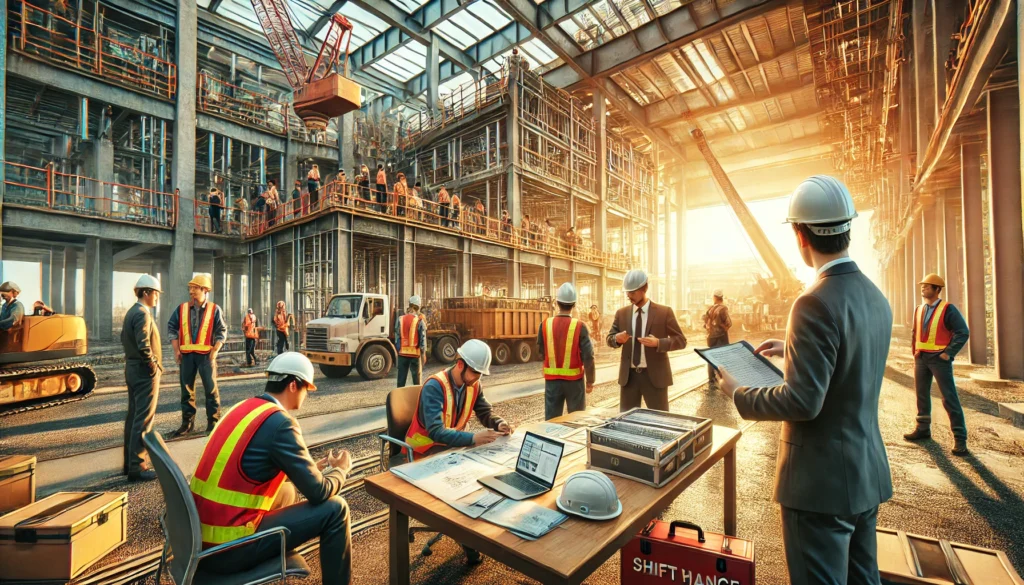The limitations of traditional measurement: A cost and time factor
With traditional surveying methods, a single surveyor can measure about 1,000 points per day. This manual process is not only slow but also prone to human error, leading to inaccuracies. Measuring large or inaccessible terrains often takes several days and significantly increases project costs. Many companies underestimate the indirect costs caused by project delays stemming from slow measurements. The resulting data foundation is often incomplete and hinders precise quantity determination. These inefficiencies clearly illustrate why technological advancement is necessary.
Efficiency improvement through drone technology: Accelerate projects by 50%
Drones are revolutionizing data collection on construction sites. They can cover large areas in a very short time while collecting thousands of high-resolution images. This method reduces on-site time compared to traditional surveying by up to 90%. The collected geodata is then processed by a specialized drone measurement software into precise 3D models. This creates a complete digital construction documentation of the terrain or the construction. The technology allows for weekly documentation of construction progress instead of just once a month.
Core functions of modern measurement software
Modern software solutions offer much more than just visualizing drone images. They are the centerpiece for transforming raw data into usable results. Here are some of the key features:
- Point clouds and 3D models: The software generates detailed 3D point clouds from the photos, enabling centimeter-accurate representation of reality.
- Volume and mass calculation: With just a few clicks, excavations, embankments, or stockpiles can be calculated with an accuracy of over 99%.
- Orthophotos: High-resolution, distortion-free aerial images are created as an exact base for plans.
- BIM and CAD integration: The generated models can be seamlessly exported to existing planning software for conducting target-actual comparisons.
- Time series analysis: Regular flights allow for continuous and visual tracking of construction progress.
These tools form the basis for data-driven and transparent project management.
Precision in focus: How accurate is drone measurement?
Accuracy is one of the most common questions regarding drone measurement. Modern RTK drones (Real-Time Kinematic) achieve absolute accuracy of 1-3 centimeters. This precision is more than sufficient for most applications in construction. Factors such as camera resolution (at least 20 megapixels recommended), flight altitude, and high image overlap are crucial for quality. Using Ground Control Points (GCPs) can further improve the accuracy to below one centimeter. As a result, the measurement app via drone often outperforms the results of manual sample measurements. The technology provides consistently high data density instead of isolated measurement points.
Legal framework for drone use in Germany
The commercial use of drones on construction sites is clearly regulated. Since 2021, the EU-wide drone regulations, which are also implemented in Germany, apply. Operating drones over 250 grams generally requires an EU competency certificate (A1/A3) or an EU remote pilot certificate (A2). Additionally, liability insurance is legally required for all commercially used drones. Of particular importance is compliance with GDPR when personal data, such as identifiable individuals or vehicle license plates, could be collected. Careful flight planning and informing all parties involved on the construction site are therefore essential for lawful operation. The automated construction documentation must take these rules into account.
Valoon: The bridge between drone data and the construction team
The best drone measurement software is of little use if the results cannot be easily and understandably shared within the team. This is where Valoon comes in, solving the communication problem. Instead of burdening your employees with another complex app, we integrate into the tool everyone already uses: WhatsApp. The high-resolution orthophotos and relevant excerpts from the 3D models can be directly shared via Valoon and documented securely in the construction log. This transforms a complex dataset into a clear, visual work instruction or evidence. Deficiencies can be marked directly on the photo and assigned, reducing response times by up to 50%. Valoon ensures that valuable drone data does not get lost in the office but contributes to efficiency right on the job site.
Conclusion: Your advantage with Valoon and modern measurement technology
The use of drone measurement software is no longer a trend of the future but a crucial competitive advantage. You save time, reduce costs, and minimize risks through a precise and comprehensive data foundation. The combination of rapid data collection via drone and Valoon’s straightforward communication platform creates a seamless digital process chain. You not only receive better data, but also ensure that this data leads to quick and accurate decisions on-site. Take the next step in the digitalization of your construction projects.
More Links
Wikipedia provides a comprehensive overview of unmanned aerial vehicles (drones).
Das Federal Office for Cartography and Geodesy describes the DOPDirekt project for the direct georeferencing of digital orthophotos.
Das Fraunhofer IAO offers an article on BIM, drones, ethics, and AI solutions for the construction industry.
Die VDI-Directive 2879 addresses the inspection of facilities and buildings using unmanned aerial vehicles (UAVs/drones).
Das Federal Ministry of Transport and Digital Infrastructure presents its action plan for drones.
Die TUM Munich presents the research site of the Chair for Robotics, System Dynamics, and Automation (RSA).
Das Fraunhofer IESE offers a blog post about a study on the digitalization of the construction industry.
PwC Germany informs about the challenges of the construction industry.
FAQ
Do my employees on the construction site need special training for the drone measurement software?
No. The advantage of Valoon lies in the fact that the results of the drone measurement software, such as images or plan excerpts, can be directly shared via WhatsApp. Your employees do not need a new app or training but can communicate as usual.
How are the drone recordings securely documented?
With Valoon, all transmitted drone images and the associated communications are automatically and unalterably stored in the digital construction log. Each piece of information receives a timestamp and is assigned to the correct project, ensuring continuous and legally compliant documentation.
Can I use the drone data for billing?
Yes, the data created by the drone measurement software is a reliable basis for quantity determination and invoicing due to its high accuracy. The precise volume calculations of excavation or materials help avoid disputes and create transparency.
What happens if the drone flies over a neighboring property?
Flying over neighboring properties requires the owner’s consent. The flight path should be carefully planned in advance to preserve privacy and avoid legal conflicts. Valoon helps you manage the created relevant recordings in compliance with data protection regulations.
Does Valoon integrate the drone control directly?
No, Valoon is not software for controlling drones or processing raw data. Valoon is the communication and documentation platform that comes into play when the evaluated data (e.g., orthophotos) are available, to distribute and document them efficiently and securely on-site.
Is measurement by drone possible in any weather?
No, the quality of the recordings depends on the weather conditions. Strong winds, rain, or poor lighting conditions can make drone use impossible or affect the accuracy of the results. Flights should be planned in good visibility and weather conditions.
